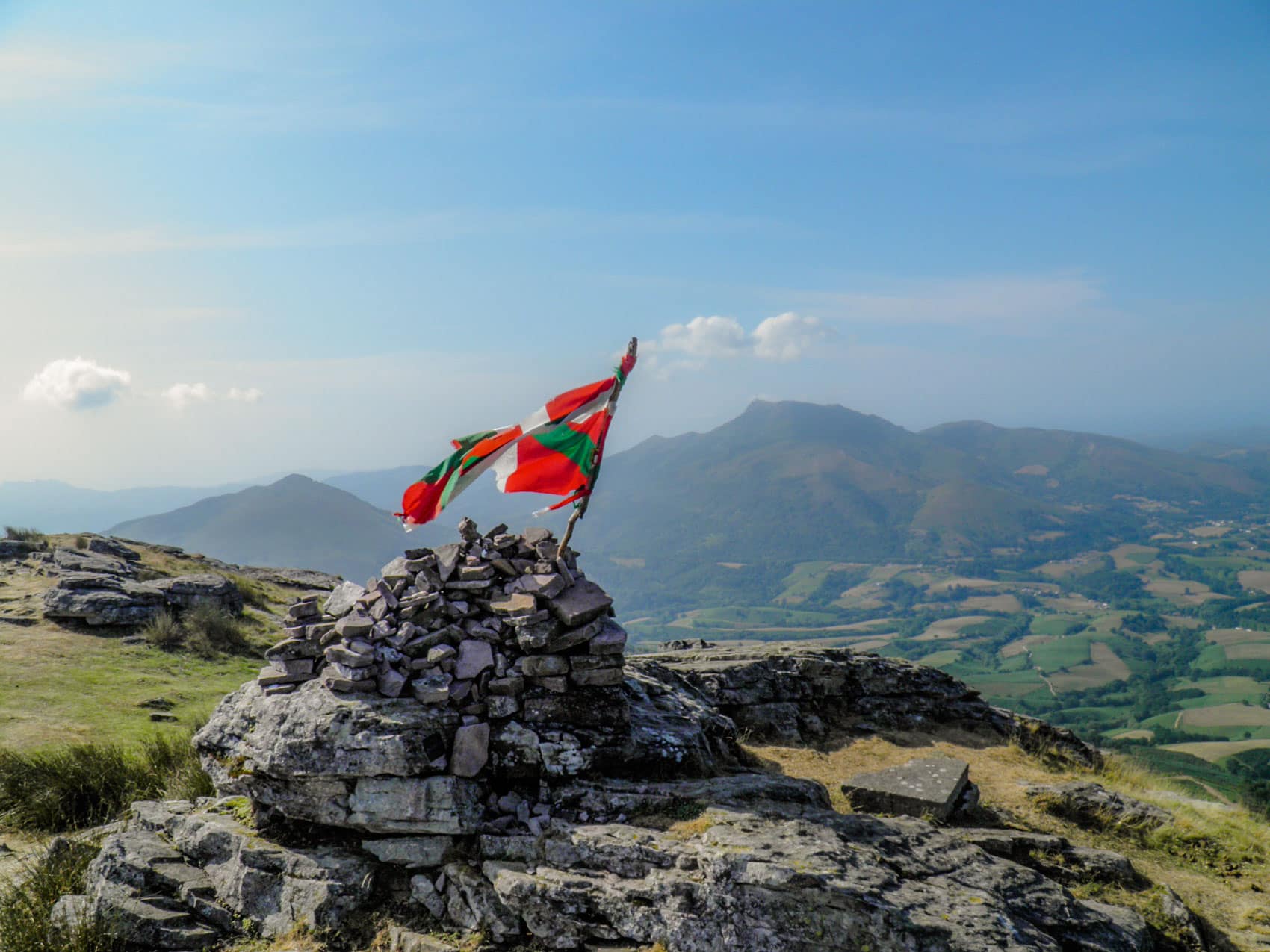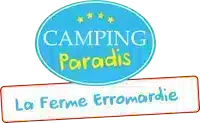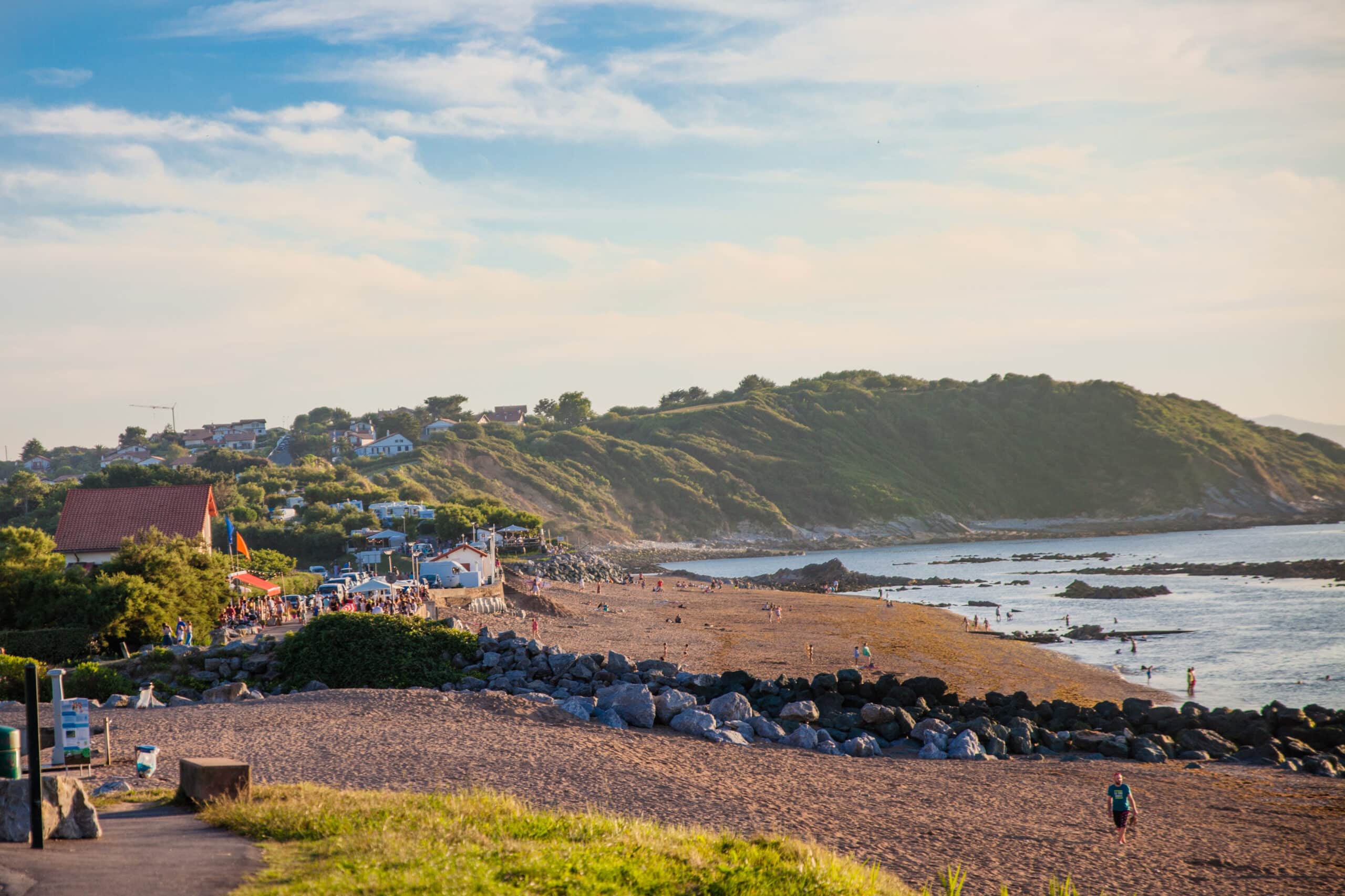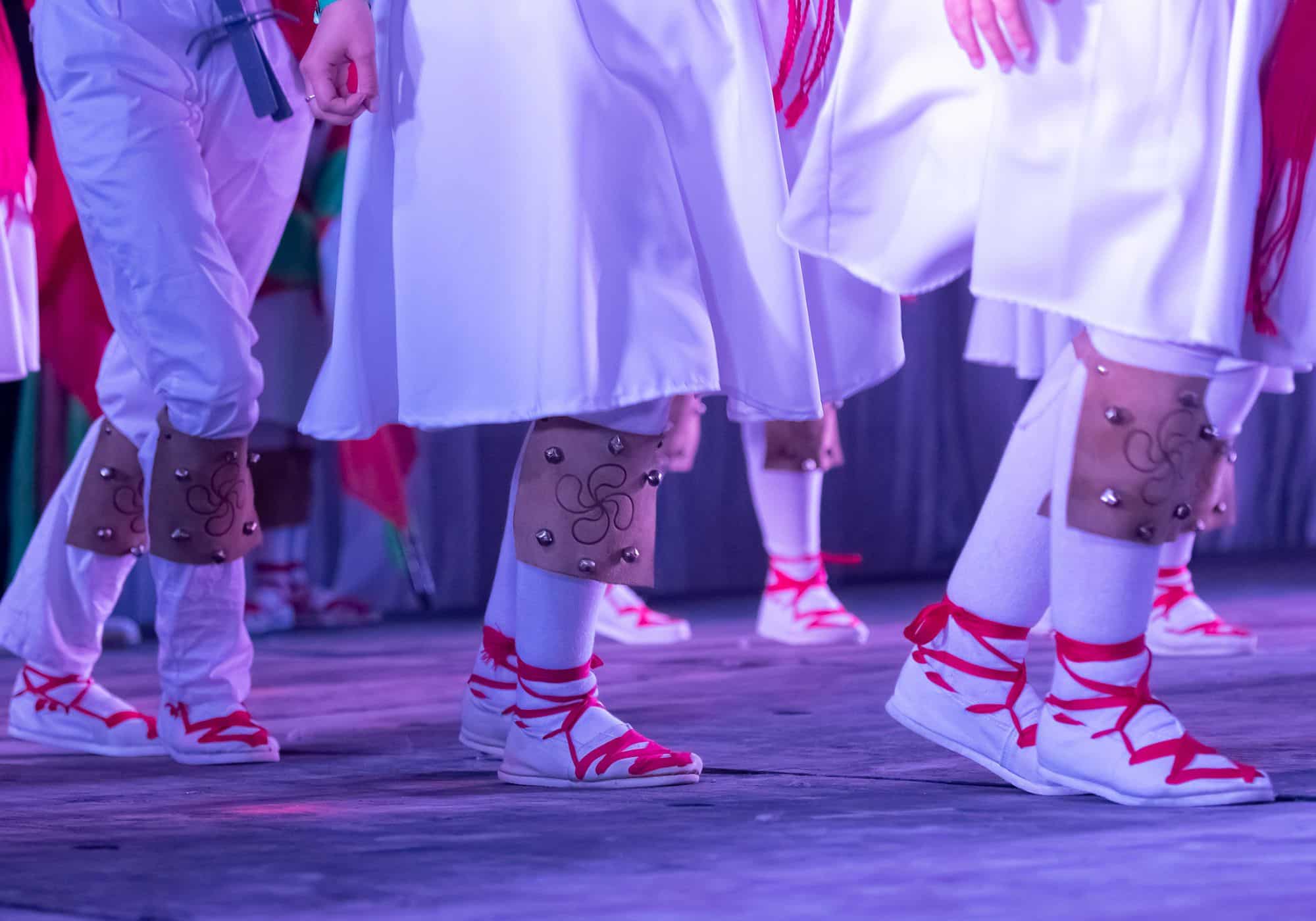Map of French Basque Country
The province of Labourd
With almost fifty kilometers of coastline dotted with renowned seaside resorts, this part of the Basque Country is certainly the most visited, the best known and the most renowned. Between Bayonne, Biarritz, Anglet, Bidart, Guéthary, Saint-Jean-De-Luz and Hendaye, it’s hard to choose sides, as all these towns abound in places to visit, water sports activities and remarkable natural sites. All you need to do is discover the Bay of Biarritz to understand that the French Basque Country is an unmissable and unique destination on the Atlantic coast. And that’s without taking into account all the typical little villages of the hinterland, such as Espelette and its chilli pepper, Ascain, Sare or Ainhoa, scattered here and there in a hilly, green landscape. With their Basque red and green architecture and colors, the houses of Labourdine are instantly recognizable. The region’s gastronomic heritage is also extremely pronounced, with many Basque specialties, including Bayonne ham, which is so highly prized that it’s a favorite. Cocoa first entered Europe via Basque ports. There are chocolate museums and workshops in Bayonne and Biarritz. And what would the Basque Country be without surfing, for which the region is famous thanks to its world-famous spots? Labourd is definitely a destination of choice for camping vacations in the Basque Country.
The province of Basse-Navarre
The province of Basse-Navarre lies between Labourd and Soule. Its relief is made up of mountains in the region of Saint-Jean-Pied-De-Port, the province’s capital, and Baïgorry and green valleys between Labastide Clairence and Saint-Palais. It’s an exclusively rural territory, with pretty, quiet, charming and authentic villages. You need to visit it on foot to appreciate all its diversity, its flora and fauna, and its superb panoramas. This is the setting for the Irouléguy vineyard, a pillar of Basque gastronomy, cultivated on terraces in the village of Saint-Etienne-de-Baïgorry and extending over 27 communes. One of the special features of this region is the presence of a small plough horse, the Pottok, one of the emblems of the Basque Country, which you may come across on your country walks. One of the most important prehistoric sites is to be found in Basse-Navarre: the Isturitz caves, where you can admire the traces of prehistoric man with numerous objects from their daily lives, and the Oxocelhaya caves, a veritable underground sanctuary with a wealth of rock art. These are the only caves in the Basque Country to be classified as Historic Monuments.
The Province of Soule
Completely to the west of the French Basque Country, the province of Soule is divided into 2 parts, the hilly relief to the north with Mauléon-Licharre, and the mountainous relief to the south with Tardets-Sorholus. With its vast, deep forests, canyons and gorges, Soule is the wildest of the 3 provinces, and a popular destination for mountain hikers. It also proudly bears the values and traditions of the Basque Country, of which it is the guardian. The many festivals and festivities that take place here are the occasion to witness performances of traditional song and dance. A land of livestock breeding and grazing par excellence, you can take the cheese route to discover the Ossau-Iraty AOC. One of the traditions of Soule is the mythical Basque espadrille, typical of Mauléon, where 80% of French espadrilles are produced.
It’s fair to say that the French Basque Country has many surprises in store for you, so rich and varied is its historical, cultural, architectural and gastronomic heritage. Above all, it’s an endearing, authentic land whose inhabitants are proud and always happy to share its secrets.
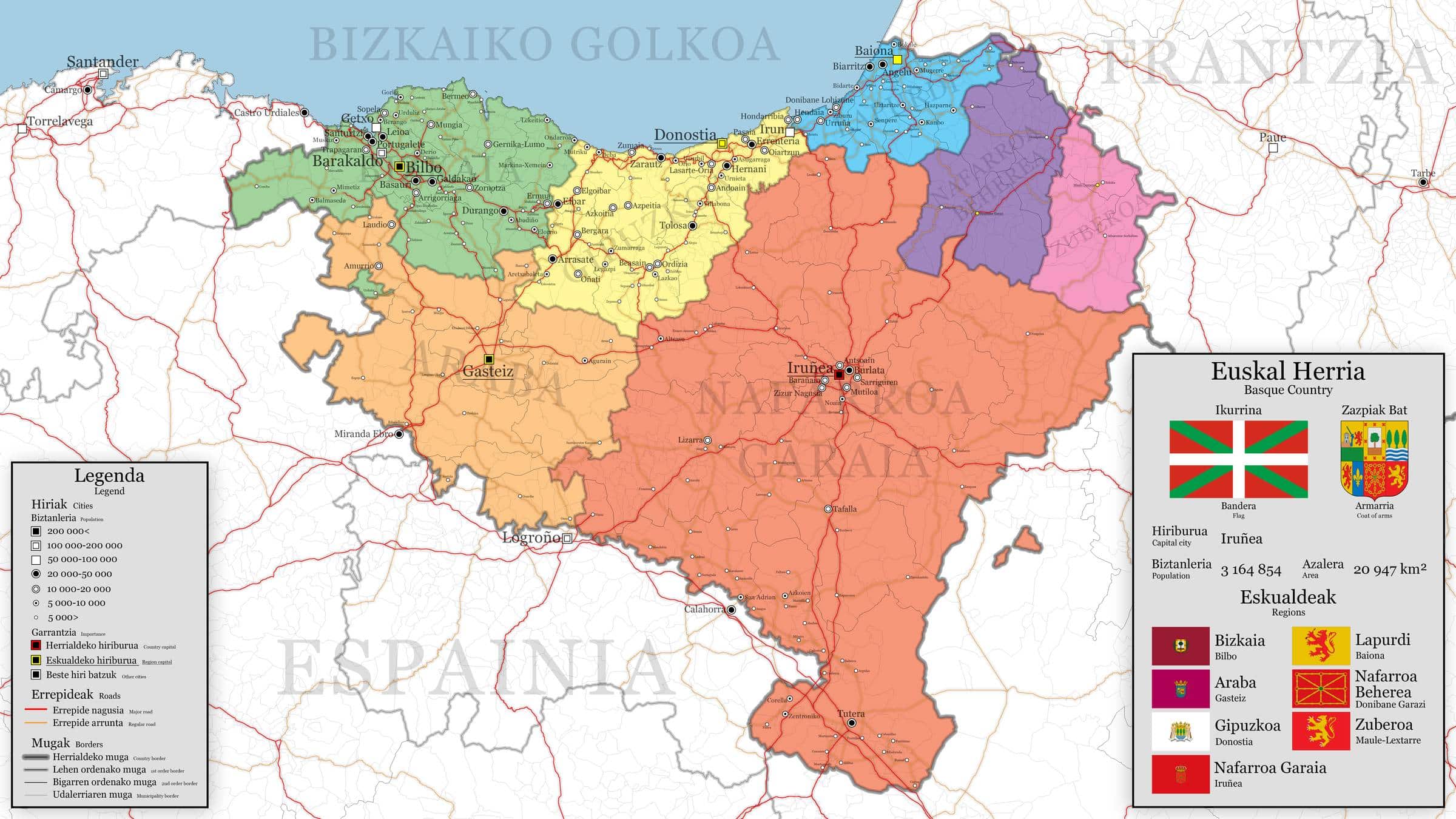
Located in the extreme south-west of France, the French Basque Country, like the Spanish Basque Country, is divided into the historic provinces of Labourd, Soule and Basse Navarre, covering an area of 3,000 km².
Between the Atlantic Ocean and the Pyrenees mountains, the Basque Country, and in particular the French part of it, offers a wide range of tourist attractions, from water sports to mountain hiking. Here’s a brief geographical guide to the French Basque Country for your vacation at our campsite in Saint Jean de Luz.





